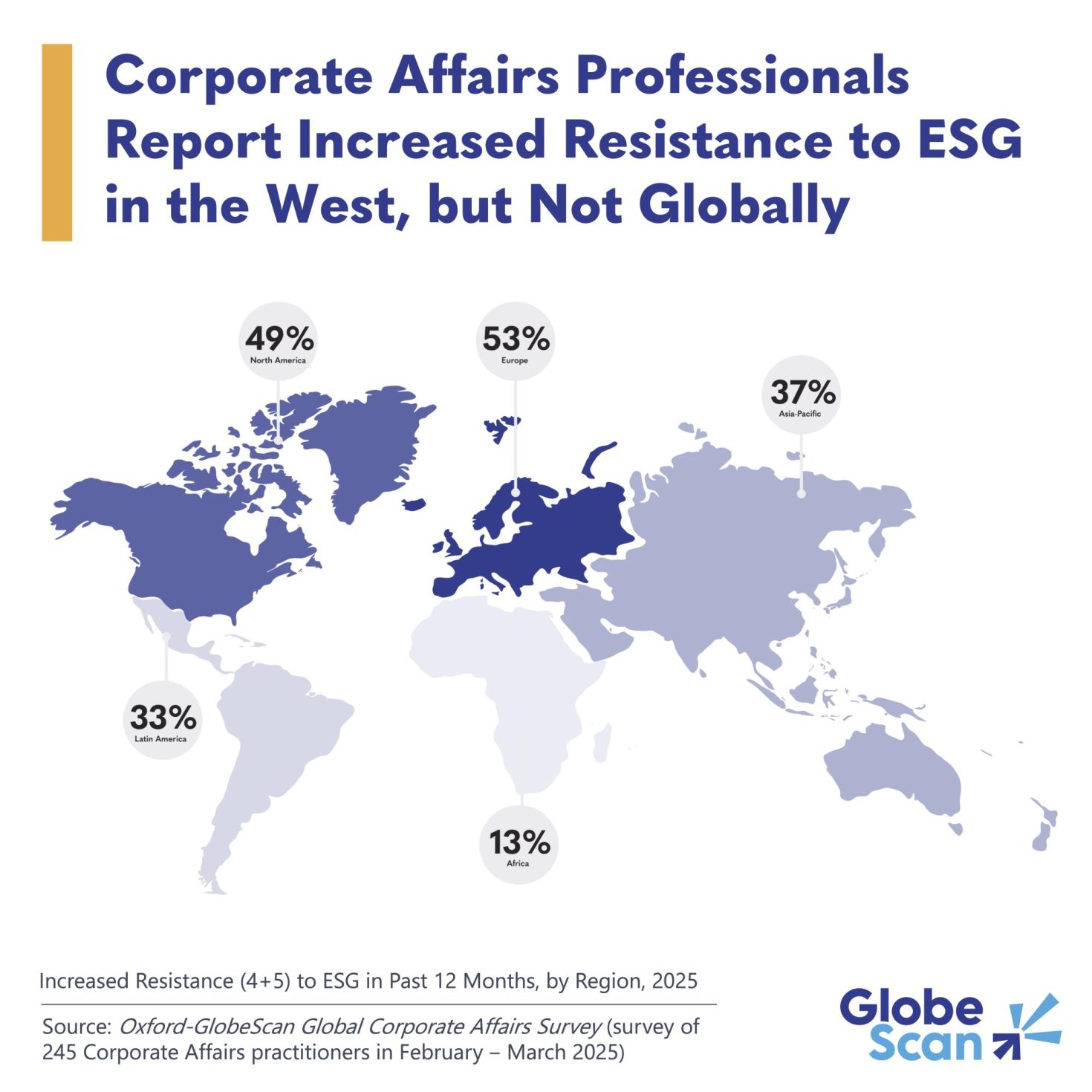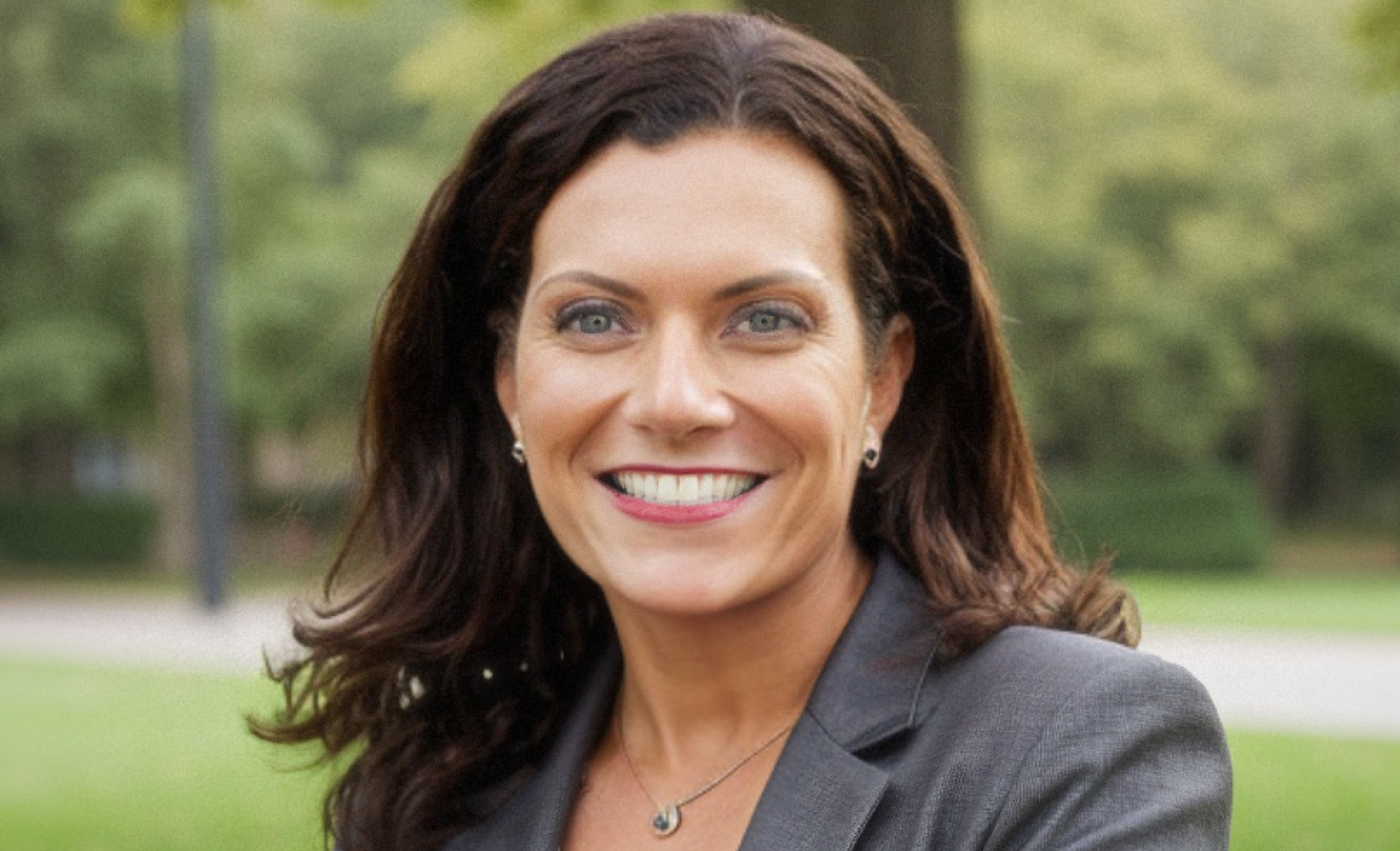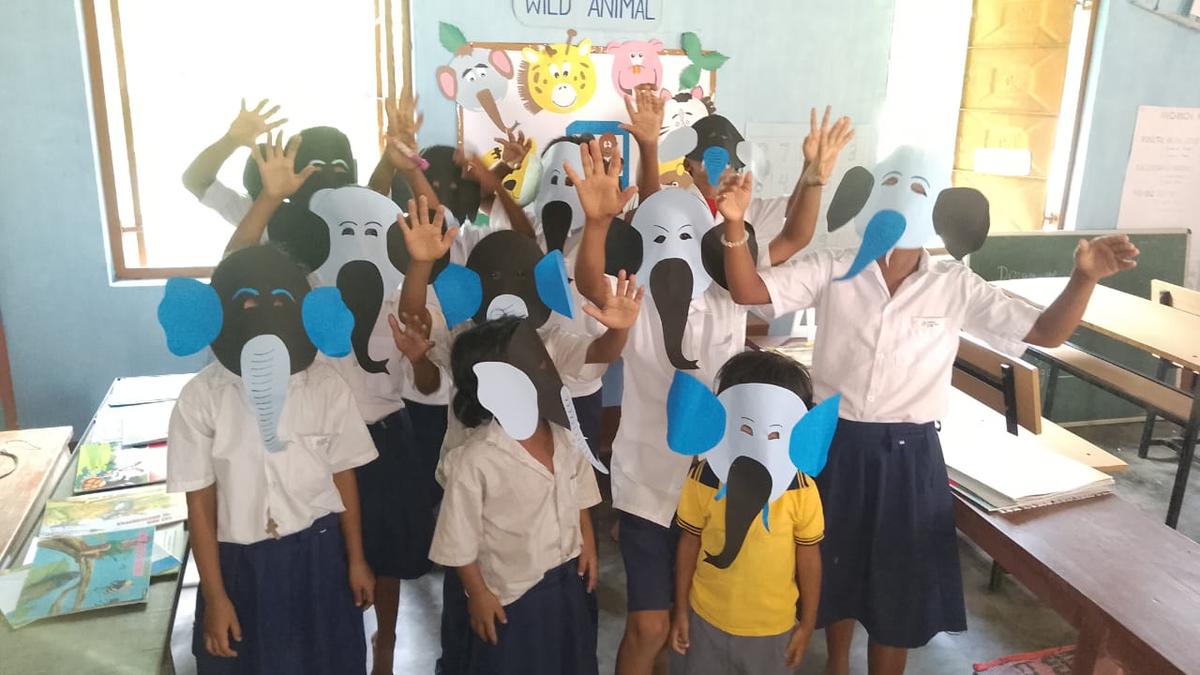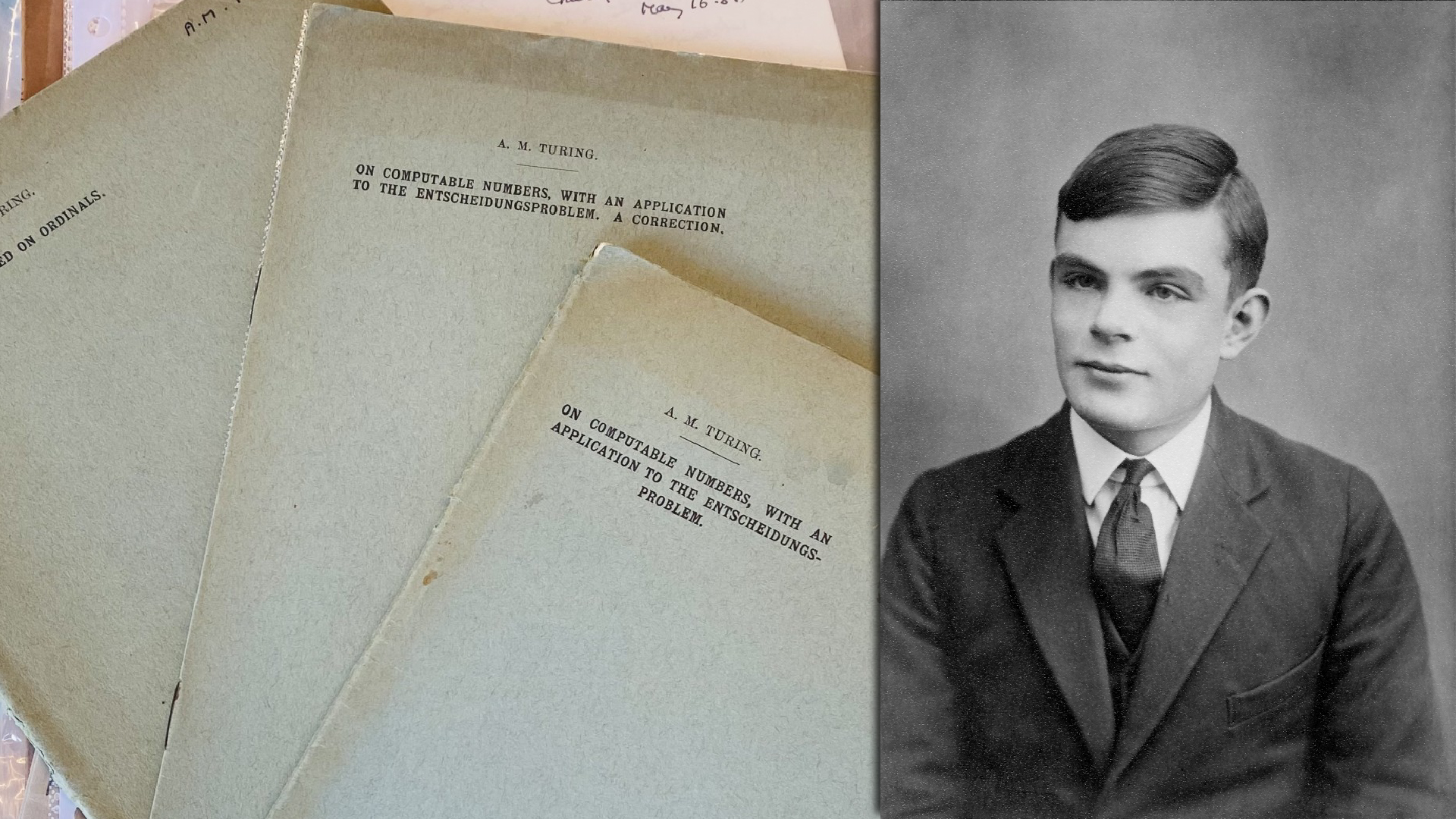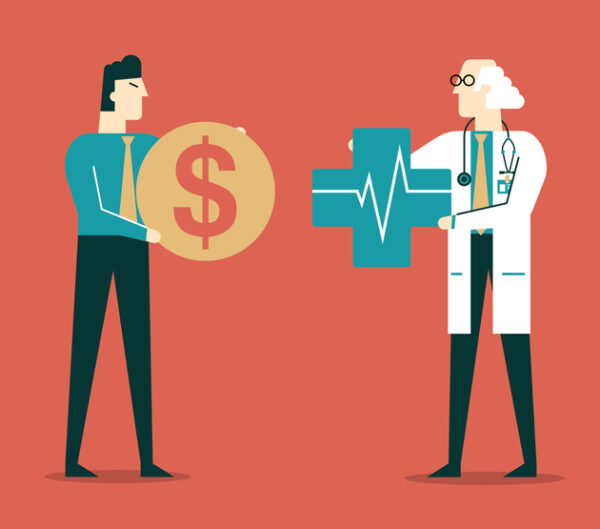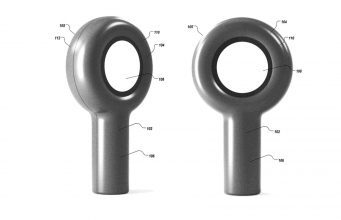Medical Debt Crisis: Are Inconsistent Hospital Policies Putting Patients at Risk?
What You Should Know: – A new report from the Lown Institute, an independent healthcare think tank, highlights significant inconsistencies in financial assistance and collection practices across 2,500 U.S. hospitals. These disparities create a confusing landscape for patients, potentially leading to medical debt, as eligibility for free or discounted care can vary dramatically even between ... Read More


What You Should Know:
– A new report from the Lown Institute, an independent healthcare think tank, highlights significant inconsistencies in financial assistance and collection practices across 2,500 U.S. hospitals. These disparities create a confusing landscape for patients, potentially leading to medical debt, as eligibility for free or discounted care can vary dramatically even between nearby facilities.
– The Lown Institute’s research indicates that while hospitals are expected to provide free or discounted care and have written policies outlining eligibility, the absence of clear federal standards has resulted in hospitals setting their own rules. These individual policies determine who qualifies for aid and how aggressively unpaid bills are pursued, leading to major consequences for patients.
Disparities in Care Accessibility
The report illustrates these disparities with concrete examples:
- In New York City, a family of three earning $100,000 qualifies for free care at Tisch Hospital, but would be ineligible at NewYork-Presbyterian, where the income threshold is $53,000.
- In Boston, the same family could receive free care at Beth Israel Deaconess Medical Center, but not at Brigham and Women’s Hospital. Similar inconsistencies were found in cities such as Dallas, Tucson, Los Angeles, and Pittsburgh.
“This isn’t a case of red states versus blue states, or rural areas versus cities,” said Dr. Vikas Saini, president of the Lown Institute. “We’re seeing massive disparities in charity care policies between hospitals that are practically around the corner from each other. Unfortunately, low- and middle-income patients are the ones who deal with the consequences.”
Key Findings from the Report
The Lown Institute’s analysis of 2,500 hospitals revealed several critical findings:
- Prevalence of Free Care: Most hospitals (87%) offer free care, but many impose restrictions based on patient location, insurance status, or the types of medical services received.
- Variable Income Thresholds: Eligibility for free care varies widely, with income thresholds ranging from below 100% of the federal poverty level (approximately $25,000 for a family of three) up to 600% (approximately $150,000 for a family of three). The most common threshold is 200% of federal guidelines (around $50,000 for a family of three).
- Discounted Care: A majority of hospitals (83%) offer discounted care, typically for those who don’t qualify for free care. The most common threshold for discounted care was 400% of federal guidelines (about $100,000 for a family of three).
- Aggressive Collection Practices: A significant number of hospitals (59%) allow at least one “extraordinary collection action.” These can include wage garnishment, selling patient debt to third-party collectors, or denying non-emergency care for outstanding bills. Legal action (51%) and reporting debt to credit agencies (42%) are the most common.
- Lack of Clarity for Patients: Only a small fraction (10-15%) of hospitals explicitly state they will not take such aggressive collection actions, leaving most patients uncertain about potential repercussions. Furthermore, 74% of hospitals do not specify in their policy whether they will deny care for patients with outstanding debt.
- Policy Availability: While most private nonprofit hospitals (99%) make their financial assistance policies available online, this is less common for public (57%) and for-profit hospitals (49%).
The Impact of Inconsistent Policies
Medical debt affects as many as 100 million Americans, contributing to financial hardship and negatively impacting health outcomes. The Lown Institute’s report underscores how hospital policies can either alleviate or exacerbate this crisis.
“When hospitals fail to make access to assistance easy and predictable, it drives people away from care and erodes trust in our entire system,” Dr. Saini emphasized. “Right now, the burden is on patients to navigate a broken system. That has to change.”
The report notes that many middle-class individuals might qualify for free or discounted care without realizing it, as most hospitals offer discounted care for families earning under 400% of federal guidelines (approximately $100,000 for a family of three).
Policy Actions for State and Federal Policymakers
To address the issues highlighted in the report and reduce the harm from medical debt, the Lown Institute researchers suggest several policy actions for state and federal policymakers:
- Set Minimum Eligibility Standards: Establish baseline requirements for who qualifies for financial assistance.
- Require Patient Screening: Mandate that hospitals screen patients for financial assistance eligibility.
- Create a Uniform Application: Develop a standardized application form for financial aid across all hospitals.
- Restrict Collection Actions: Limit the types of aggressive collection practices hospitals are permitted to use.
The Lown Institute has made a searchable list of all 2,500 hospitals and the full dataset available on its report website. A companion white paper, developed in collaboration with patient advocates and researchers, delves into the scope, drivers, and potential solutions for medical debt.













